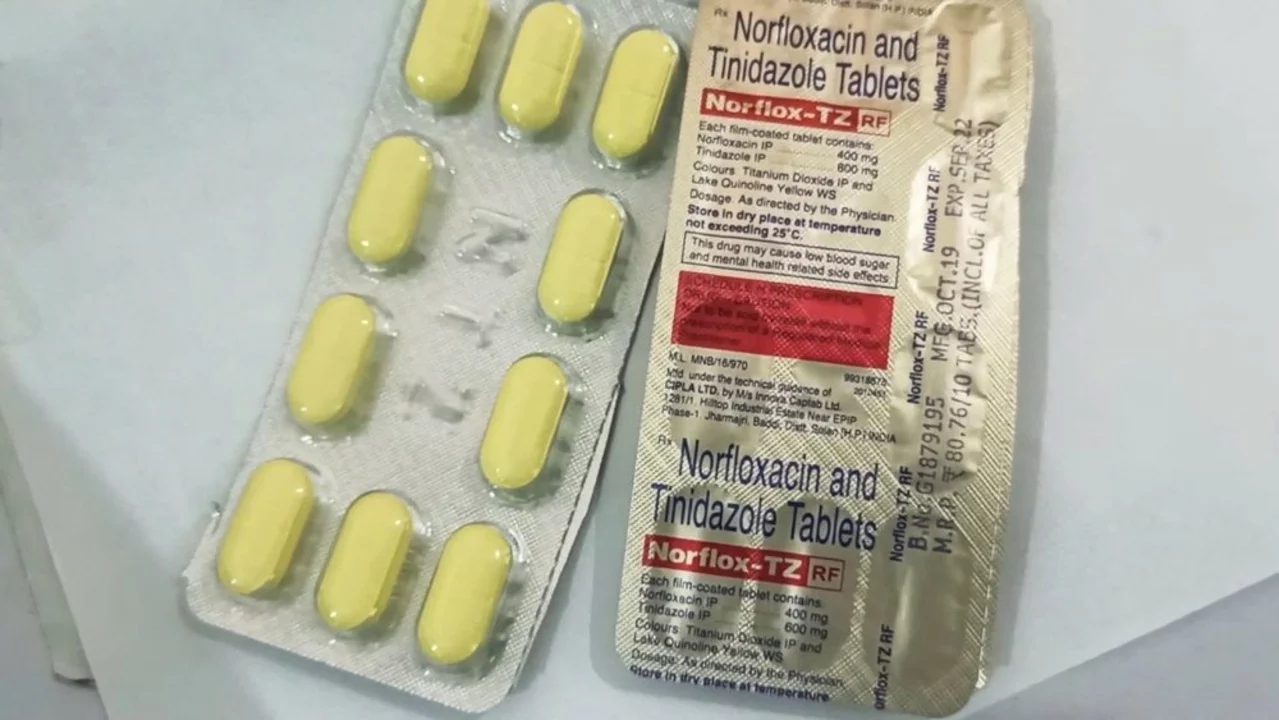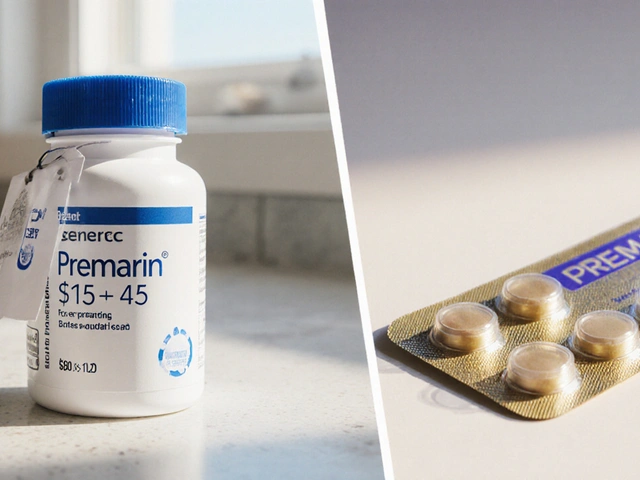Antibiotic Guide: When, Which, and How to Use Them Safely
Antibiotics save lives, but they can also cause harm if used wrong. This short guide helps you know when antibiotics are needed, how doctors pick them, and what you can do to avoid resistance, side effects, and scams when buying online.
When to use antibiotics
Not every infection needs an antibiotic. Viral colds, most sore throats, and many bronchitis cases do not respond to antibiotics. A bacterial infection often shows persistent fever, worsening symptoms after a few days, or targeted signs like painful ear pressure or green nasal discharge paired with high fever. Always check with a clinician — if they confirm a bacterial cause, antibiotics may help.
Doctors pick antibiotics based on the likely bacteria, the infection site, allergies, and prior treatments. Common choices include amoxicillin (often called Amoxil), ampicillin for some ENT infections, cephalosporins like ceftriaxone, and other classes for resistant bugs. If a drug causes side effects or won’t work, there are alternatives. On this site you’ll find guides comparing Amoxil alternatives and options for people who can’t take simvastatin or other meds that interact with antibiotics.
Resistance happens when bacteria survive exposure and pass on defenses. Overusing antibiotics, stopping them early, and using broad-spectrum drugs without reason fuel resistance. Simple actions cut risk: only use antibiotics with a clear prescription, don’t pressure clinicians for antibiotics, and avoid sharing or saving pills.
Antibiotics can cause stomach upset, yeast infections, allergic reactions, and interactions with other drugs. Tell your provider about other medications, liver or kidney problems, and pregnancy. If you get a rash, breathing trouble, severe diarrhea, or other worrying signs, stop the drug and seek medical help.
How to buy antibiotics safely online
Buying online is tempting but risky. Use only licensed pharmacies that require a valid prescription and list contact details. Avoid sites offering prescription drugs without a prescription or that sell huge discounts with no pharmacist contact. Check for secure checkout, clear return policies, and real product photos. If you’re reading our articles like “How to Buy Esomeprazole Online” or “Levlen Online,” apply the same safety checks to antibiotics.
Quick tips to get the most from antibiotics:
- Take the full course, even if you feel better.
- Follow dose timing and avoid alcohol or interacting drugs when advised.
- Store medications as labeled and keep them away from children.
- Ask for a shorter course when appropriate — shorter can be just as effective and safer.
If you’re unsure about a diagnosis or an online seller, talk to a pharmacist or seek local care. Smart use keeps antibiotics working for everyone.
If your symptoms return after finishing antibiotics, contact your doctor for follow-up. Sometimes a different test, a longer course, or a change in medication is needed. Keep a list of antibiotics you’ve taken and any reactions — that helps the next clinician pick safer options faster. Ask questions and stay informed.




